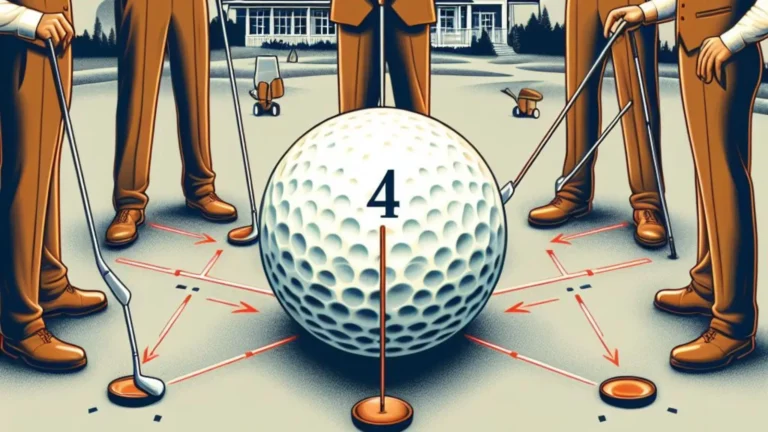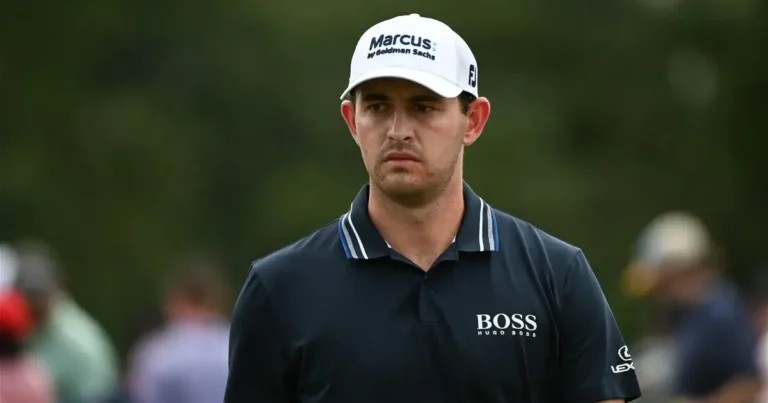Learning the Average Swing Speed by Age
Golf swing speed is an important factor in determining distance and power in the golf swing. Changes in strength, flexibility, and technique affect how quickly we can swing the club as we get older. Tracking swing speed by age gives golfers a metric to gauge their ability and set realistic goals for their game.
Understanding general average swing speed benchmarks by age group can assist golfers in evaluating their own progress in both athletic development and skill mastery on the course. This article will deconstruct typical swing speed numbers for various age groups, ranging from junior golfers to seasoned veterans. When the data is examined by age, interesting trends and lessons emerge. A diverse range of athleticism and talent ensures a wide range of variation within age groups.
Average swing speed numbers, on the other hand, give all golfers a sense of their power potential over time. Aside from the stories of century-old players, mastering efficient technique early in life and maintaining strength and flexibility as we age allows golfers to maximize distance throughout their lives.
Swing Speed Distribution by Age Group
Most golfers’ swing speeds peak between the ages of 25 and 35. Driver swing speeds in this age range range between 105 and 112 mph for males and 94 to 99 mph for females, according to data collected at professional tournaments and clinics. Players aged 12 to 17 average 93 mph for males and 77 mph for females. This demonstrates the expected impact of continued physical development over time. When it comes to veteran and senior players, men in their 60s average 93 mph and women average 81 mph.
This decline is due to both natural declines in factors such as fast-twitch muscle fibers and playing less frequently in later life. Individual athletic genes, time devoted to training, and mastery of swing mechanics all contribute to a wide range around the average within any larger age bracket. Some 70-year-old players can still hit the ball over 100 mph, demonstrating that proper technique and fitness training can help veterans generate impressive clubhead speed.
Swing Speed Impact Factors at Different Ages
Many kinds of physical and technical factors influence swing speed at various stages of life. Core strength, flexibility, and refined motor pathways all contribute significantly to clubhead speed potential in young junior golfers before growth spurts increase brute strength. Physical athletic prime years occur between the ages of 18 and 34, coinciding with the development of repeatable swing mechanics.
Power and speed training, as well as drills that instill an efficient kinetic sequence and release, pay dividends. Maintaining strength, flexibility, and perfecting technique in your 30s and 40s is critical to maintaining maximum swing speed. In the 50+ age range, declining fast-twitch muscle response and decreased mobility can sap clubhead speed even more. Veterans and seniors can limit swing speed loss by compensating with bespoke strength and conditioning plans tailored to their needs. Because golf is a mentally demanding sport, focus, stress levels, and swing thought process mastery all play a role in allowing all golfers to achieve peak performance.
Importance of Swing Speed in Golf
Swing speed is a fundamental component of golf success at all skill levels. Faster swing speeds directly translate to more distance on all clubs in the bag. Longer drives provide more scoring opportunities, whether you’re going for par 5 greens in two or leaving shorter irons into tricky par 4 holes.
At the highest levels of competition, players are constantly chasing incremental swing speed gains for any advantage. Distance increases the margin of error and allows for more aggressive play. A longer driver also simplifies course management by reducing the emphasis on accuracy on narrow holes. The appeal of seeing tee shots fly farther also increases enjoyment and confidence in average amateurs.
Training swing speed by improving fitness, flexibility, mechanics, and club fit helps each player realize their full distance potential. While factors such as accuracy, course strategy, and short game finesse all have an impact on scoring, foundational swing speed remains critical. Combining athletic training principles with sound golf instruction is the most effective way to increase mph over time.
Swing Speed Training and Improvement Across Age Groups
Increasing swing speed capacity should be a goal for golfers of all ages. Juniors may start strength training with their own bodyweight, as well as core and flexibility drills, at a young age to instill greater speed. Collegiate golfers should participate in comprehensive physical conditioning programs that develop the posterior chain, rotational ability, grip strength, and other sport-specific skills.
Adult players in their twenties and thirties can supplement their training with heavyweight training, plyometrics, and speed-specific golf exercises. As players reach their forties, it is best to avoid high-impact training while maintaining mobility, balance, and stability. Seniors should tailor their fitness to areas that preserve function, such as stretching and balance exercises, as well as developing efficient technical swing patterns that require less sheer physical force.
Regardless of age, optimizing equipment such as shaft flex and clubhead design increases speed. Learning tension-relieving mental cues also leads to improved athleticism. Committing to improvement yields gains that accumulate over the long haul of discovering golf’s potential.
Conclusion
Watching swing speed over the course of a golfer’s career reveals interesting trends. Juniors begin by establishing athletic fundamentals such as flexibility, balance, and coordination, which lay the groundwork for future development. Male and female players typically reach peak swing speeds in their mid-20s to mid-30s as a result of growth spurts and strength gains later in life. Maintaining physical fitness and perfecting efficient swing techniques as an adult allows veterans and seniors to maintain impressive clubhead speed worthy of younger competitors.
While genetics play a role, dedication to proper training, conditioning, and mechanics can help all golfers overcome aging velocity loss. Studying benchmark swing speed averages allows golfers to evaluate their own athleticism and progress at any point in their lives. Setting goals that are age-appropriate leads to reasonable expectations. Excelling above one’s peer average is also a significant achievement. Finally, golfers can unlock their highest possible sustainable swing speeds over time by understanding and training age-appropriate physicality and technical mastery. This time-sensitive journey both advances scorecard success and provides gratification by maximizing talent at each stage.







